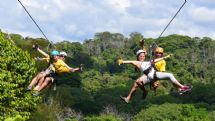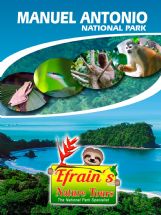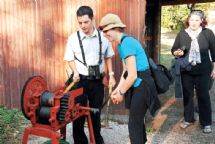Guayabo Island Biological Reserve, North Puntarenas
As a part of the Tempisque Conservation Area, Guayabo Island Biological Reserve features the islands of Guayabo, Negritos (which is actually two islands) and Los Pajaros. Located in the Gulf of Nicoya, the biological reserve protects several migratory bird species that fly to the islands in the winter to nest. The islands are just off the coast of Playa Naranjo. All of the islands that make up the reserve are home to numerous species, but the most prominent is the brown pelican. Guayano Island Biological Reserve spans a total of 15 acres.
Guaybo Island is home to the largest population of brown pelicans in Costa Rica, and approximately 200 birds reside here. The island was once a very mountainous piece of land, but over millions of years, the island slowly receded into the water, leaving only the tops of the hilly terrain above the surface. The island is primarily made up of sedimentary rock. As the gulf waters are rich with nutrients, islands such as Guyabo are home to an abundance of wildlife. The island doesn't feature dense vegetation, so visitors are able to view wildlife easily: Small shrubs, plants and thorn bushes are the only flora on land. Other than aviary species that reside here, wildlife includes crustaceans and insects, in addition to the always auditory Laughing gulls and boobies.
Pajaros Island is nearly a complete circle, and it is shaped like a dome. This island is composed of sandstone and luttie, and the terrain is very similar to Guyabo. Low-growing shrubbery is most prominent on the island, with stinking toe, guava and crown fig being the most prominent species.
Map of the Area
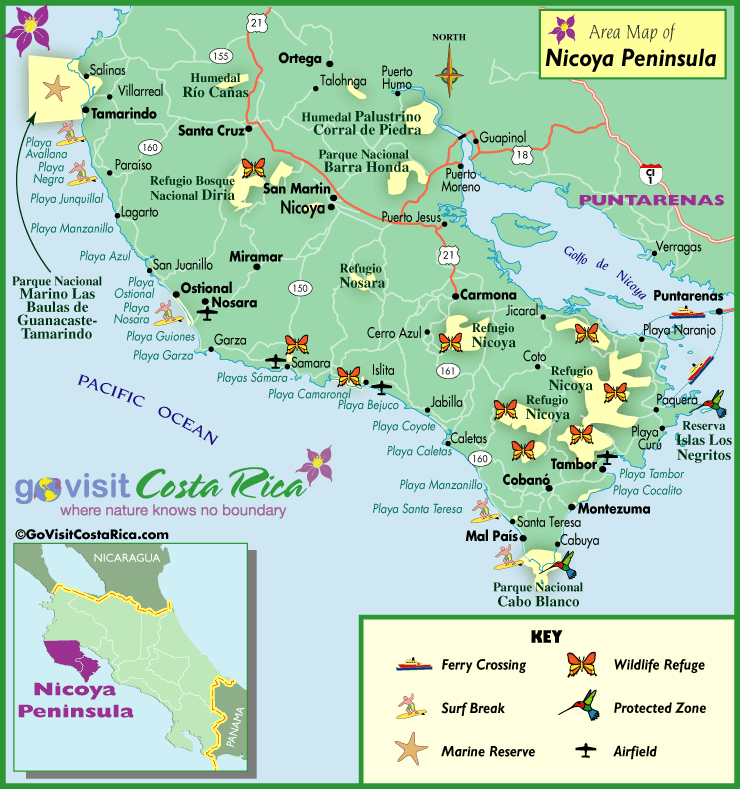
The Negritos Islands are made of basalts that are actually a part of the Nicoya Ophiolite Complex, a significant geological mass located along the Pacific border. This area of the biological reserve features semi-deciduous forest, as well as the area's highest population of spiny cedar, frangipani and gumbo-limbo as well as monkey's ladder, which is dense here. Because of the thick vegetation, there are more species that reside on the island, such as hermit crabs, doves, parrots and raccoon. Brown pelicans also reside here.
Visiting the Reserve
Visitors cannot actually step onto Guaybo Island, as it is well protected for the frigate birds that reside there. However, you can take a ferry or charter boat. The islands are located just 8 kilometers from the city of Puntarenas, so travelers can take a ferry that passes right by the landmass. If you are an avid birder, a charter boat is a better option, as it gives a more intimate view of the wildlife. The dry season here is between January and March. Although you can't venture onto the land itself, bird watching from cruises or ferries gives you apple opportunities to view nesting sites and colonies that have been formed here.
10 Days / 9 Nights
Starting at $1,440 per person
6 Days / 5 Nights
Starting at $1,018 per person





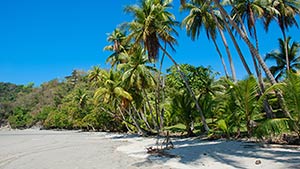
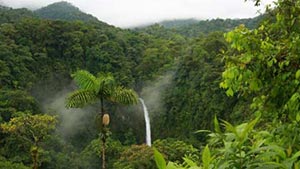
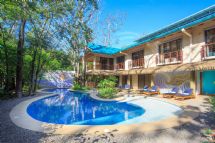
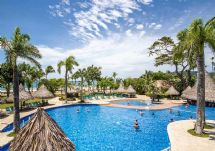

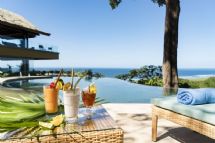
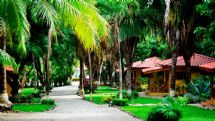
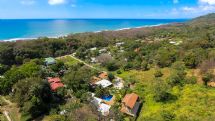
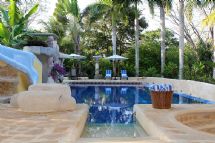
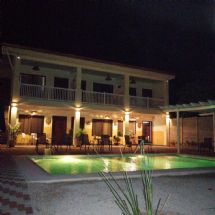
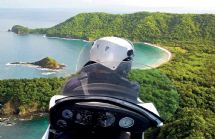

.jpg)

